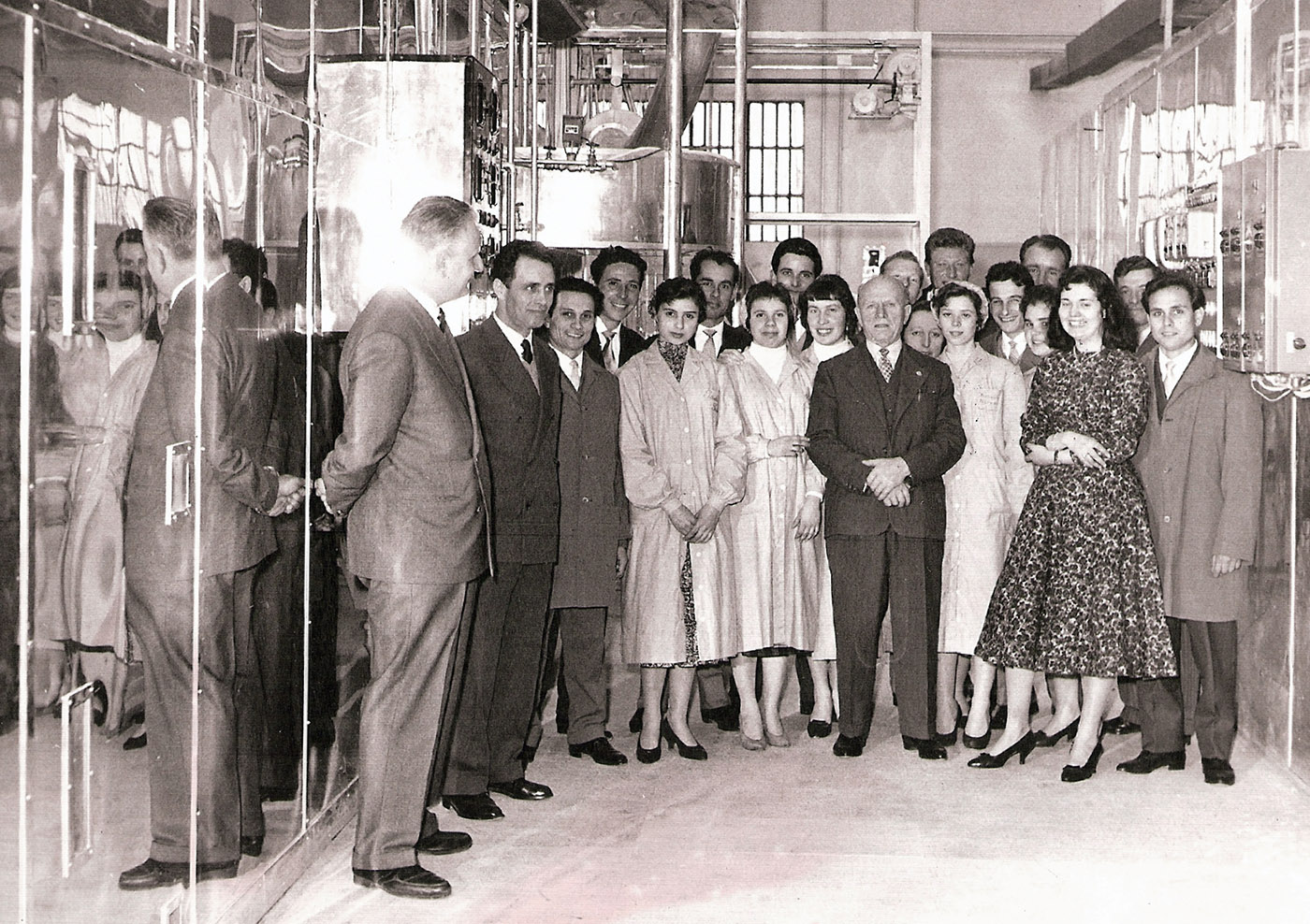Organic Tuscany Pasta
lorem ipsum
lorem ipsum
Updated 05/2014
Updated 05/2014
Updated 05/2014
Updated 05/2014
Expiration 12/13/2014
Dated 11/05/2012
As noted, the pulp drying conditions affect the final product and continue and be studied both by researchers of manufacturers of machinery.

A new study on this topic focused on the spaghetti format, investigating the effects of drying conditions on thermal damage, ultrastructure and digestibility in vitro ("Spaghetti from durum wheat: effect of drying conditions on heat damage, ultrastructure and digestibility in vitro ", Stuknyte et al.-Food Chemistry, vol. 149, 2014, 40-46).
Ultrastructural and molecular properties and digestibility in vitro were analyzed in samples of cooked noodles made from drying processes at low temperatures (low temperatures, LT) and high temperature (high temperatures, excl. VAT).
The digestibility was found to be different and, for the first time, these differences were evaluated in terms of releasing free amino acids and simple sugars.
At the end of the digestion in vitro, it is noted that the total of maltotriose units, maltose and glucose released appears to be significantly different between the LT and HT (12.6 or 15.9 g/100 g).
In the same samples examined have been found different amounts of free amino acids (16.3 and 12.5 g/100 g).
Chemical artifacts related to the protein level in fact inhibit the release of lysine in spaghetti HT, dried at high temperatures.
These results help to increase knowledge on the digestibility of the paste LT and HT, but other studies are still needed and further studies to better understand the dynamics.